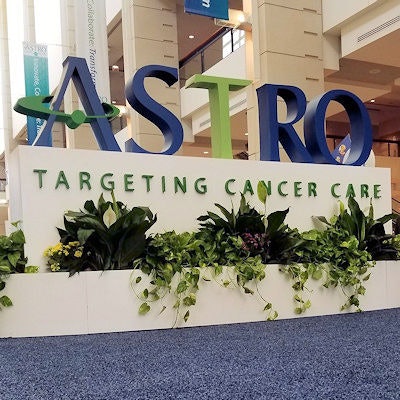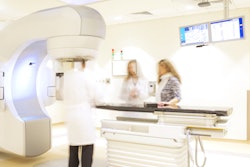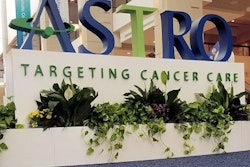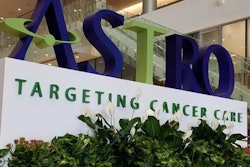
The number of radiation therapy facilities in the U.S. has grown by 17% in recent years, but they tend to be based in more populated areas, so some rural patients may still be missing out, according to a new study presented at the American Society for Radiation Oncology (ASTRO) annual meeting.
Between 2005 and 2020, the number of radiation therapy facilities rose to 2,332 sites from 1,987, representing a healthy 17% rate of growth, according to the study by Dr. Sean Maroongroge of the University of Texas MD Anderson Cancer Center and colleagues. The data were presented during an ASTRO press briefing on October 27 and in a session available on demand at the meeting, which was held in a virtual format this year from October 24-28.
However, especially during the pandemic, location matters a lot with radiation therapy, which must be administered at a facility, and researchers reported issues with access, noting that growth has mostly taken place in areas that are urban with many medical centers.
Maroongroge et al estimated that while 70% of the U.S. population lives within 12.5 miles of a radiation therapy facility, 5% are based more than 50 miles away; distance makes it harder to come in for appointments. Incentives and application of technological solutions may be needed to expand access, they suggested.



















